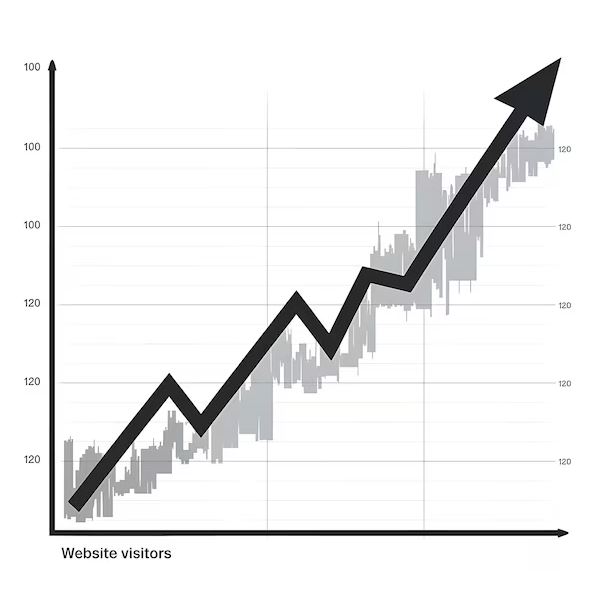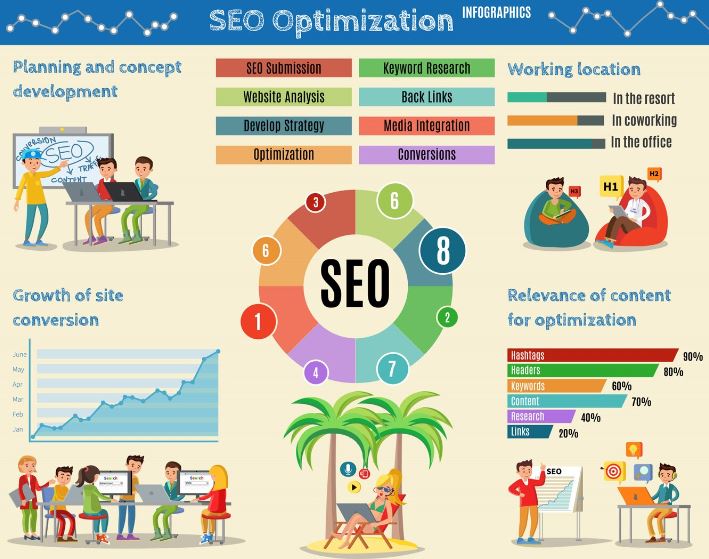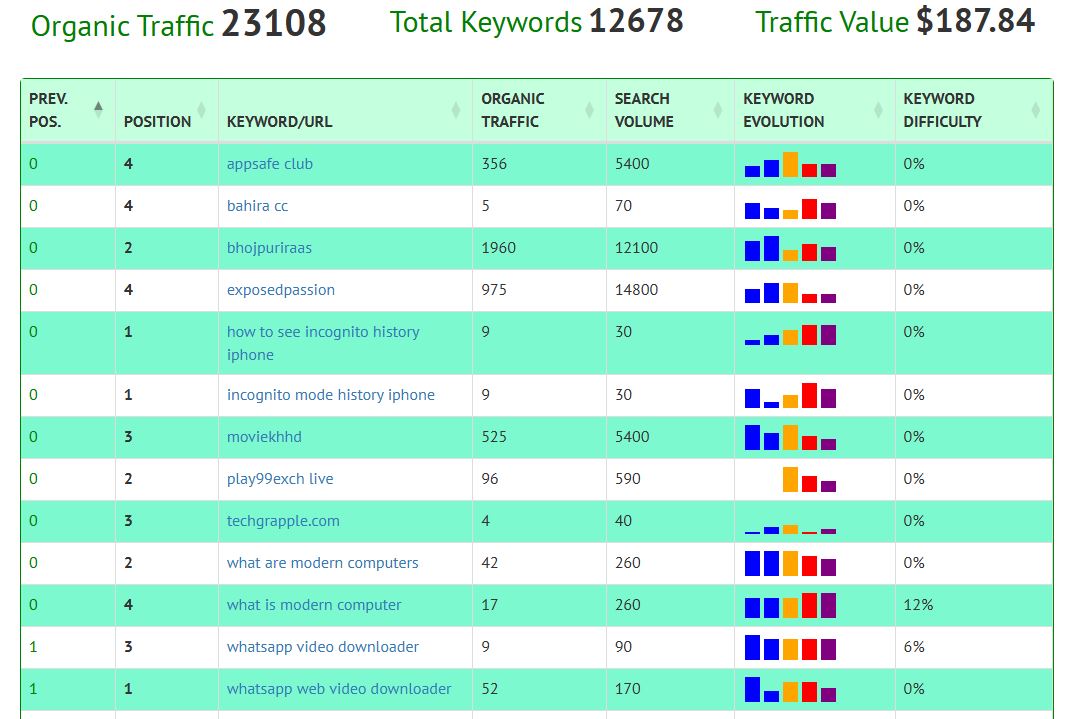
In a groundbreaking move, Google has completed its transition to mobile-first indexing, marking a significant shift in how websites are crawled, indexed, and ranked. This change reflects the growing dominance of mobile devices in internet usage and underscores the critical importance of optimizing websites for mobile users. For businesses and website owners, this development makes mobile optimization not just a recommendation, but an absolute necessity.
Understanding Mobile-First Indexing
Mobile-first indexing means that Google now primarily uses the mobile version of a website's content for indexing and ranking. This approach aligns with the fact that the majority of users now access the internet via mobile devices. Google's algorithms will predominantly crawl and index the mobile version of web pages, using this as the primary source to understand the content and structure of a website.
The Impact on Search Rankings
With this shift, websites that are not optimized for mobile devices may see a significant decline in their search engine rankings. Google's prioritization of mobile content means that sites offering a poor mobile experience could be penalized in search results, regardless of how well they perform on desktop devices.
Key Areas for Mobile Optimization
To ensure your website thrives under mobile-first indexing, focus on these critical areas:
- Responsive Design: Implement a responsive design that adapts seamlessly to different screen sizes.
- Page Speed: Optimize loading times for mobile devices, as speed is a crucial ranking factor.
- Content Parity: Ensure that your mobile site contains the same high-quality content as your desktop version.
- User Experience: Design for mobile-first, considering touch-friendly navigation and easy-to-read text.
- Mobile-Friendly Media: Optimize images and videos for mobile viewing and faster loading.
Technical Considerations
Beyond design and content, technical aspects play a vital role in mobile optimization:
- Structured Data: Implement structured data on your mobile site to help Google understand your content.
- XML Sitemaps: Ensure your mobile sitemap is up-to-date and accessible.
- Robots.txt: Verify that your robots.txt file doesn't block important mobile content.
- Viewport Configuration: Use proper viewport meta tags to control how your page is displayed on mobile devices.
Testing and Monitoring
Regularly test your website's mobile performance using tools like Google's Mobile-Friendly Test and PageSpeed Insights. Monitor your mobile rankings and traffic in Google Search Console to identify and address any issues promptly.
The Future of SEO is Mobile
As Google completes its transition to mobile-first indexing, it's clear that the future of SEO is inextricably linked to mobile optimization. Websites that fail to prioritize their mobile experience risk becoming invisible in search results, regardless of their desktop performance.
Embracing a Mobile-First Mindset
To succeed in this new landscape, businesses and website owners must adopt a mobile-first mindset in all aspects of their digital presence. This means considering mobile users first in design, content creation, and functionality decisions.
Conclusion
Google's complete shift to mobile-first indexing represents a pivotal moment in the evolution of search engine optimization. It underscores the undeniable importance of mobile devices in how users interact with the internet. For businesses and website owners, the message is clear: optimize for mobile or risk being left behind. By prioritizing mobile optimization, you not only align with Google's indexing preferences but also provide a better experience for the majority of your users, setting the stage for improved visibility and success in the digital marketplace.
Tips on SEO and Online Business
Next Articles
Previous Articles















